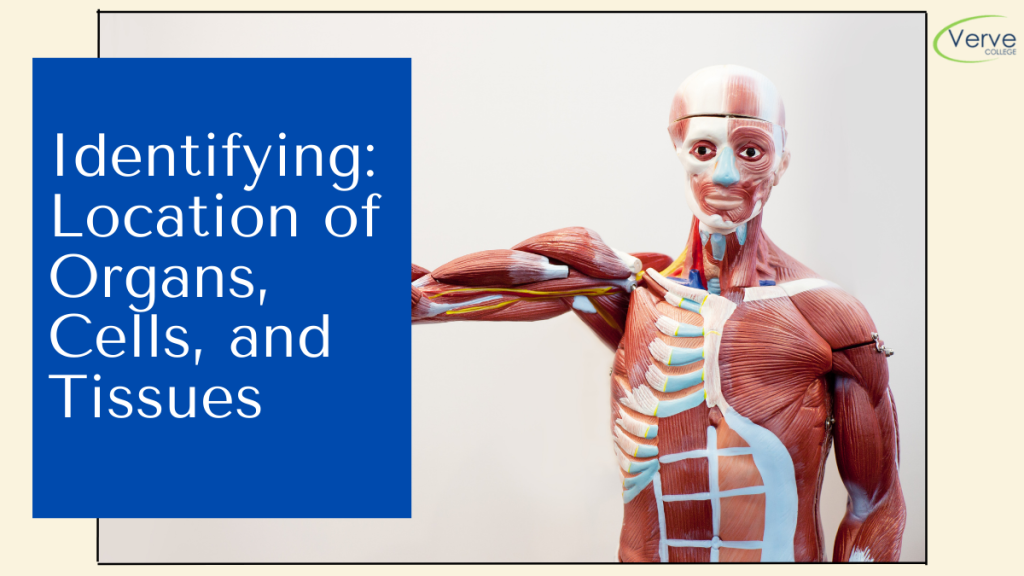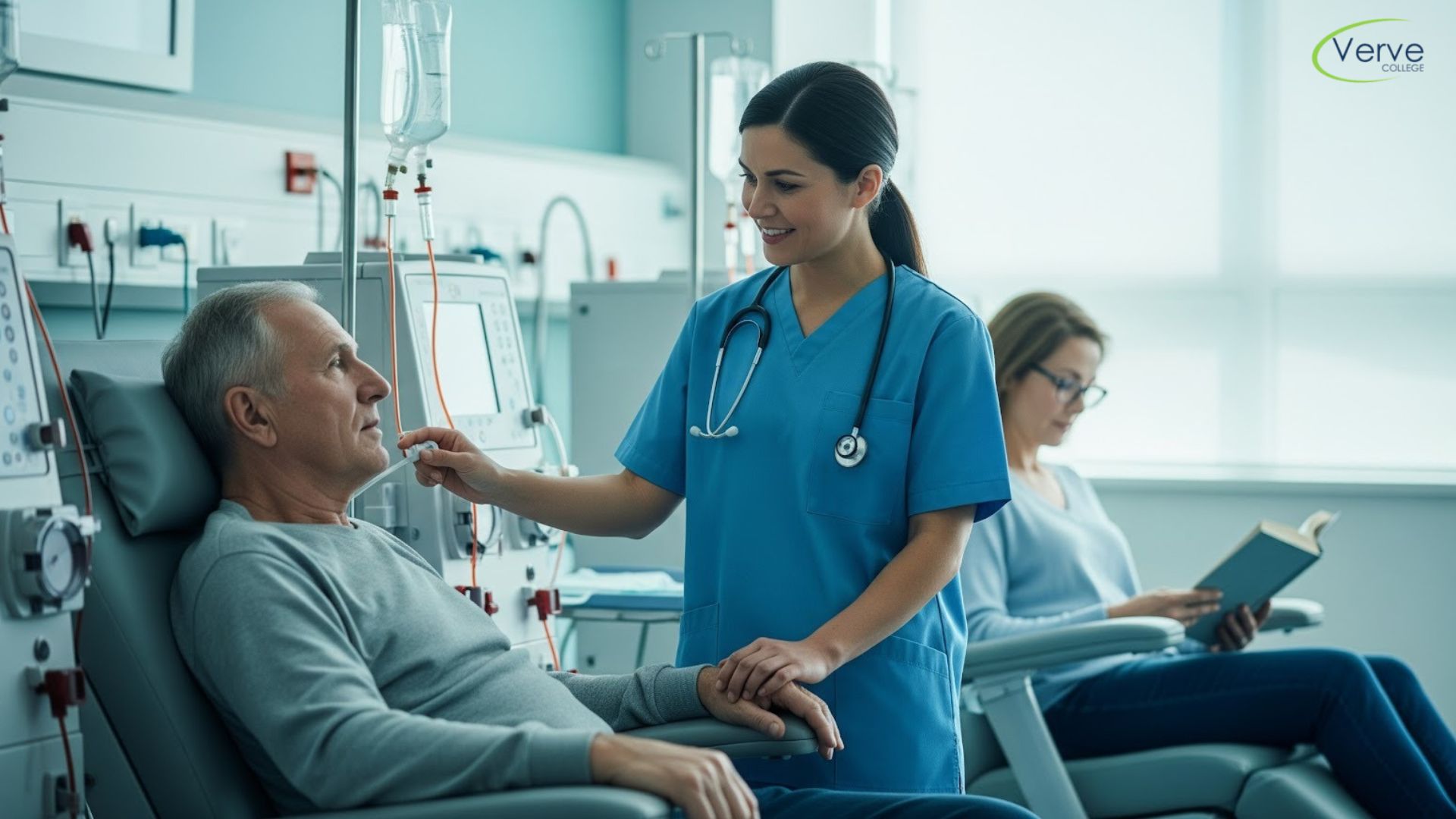- Oak Brook:(630) 705-9999
- Chicago:(312) 920-8822
- Email:inquiry@vervecollege.edu
- Make a Payment
- Home
- Programs
- Admission
- Resources
- ATI Entrance Exam Resources
- New E-Digital Library
- Refer a Friend
- School Newsletter
- Events
- Employers
- Job-Network
- Alpha Beta Kappa Candidates
- Verve College Library
- Graduation and Pinning Ceremony Photo Galleries
- Textbook Information
- Career Services
- Tutoring
- School Catalog
- FAQ
- Constitution Day Program
- Alumni
- Verve College Plans
- Financial Aid
- HEERF Reporting
- Satisfactory Academic Progress
- Apply For Financial Aid
- Net Price Calculator
- Return of Title IV Funds (R2T4)
- Financial Aid Office Code of Conduct
- Contact
- FAQs
- Verification Policy
- Vaccination Policy
- Student Right-to-Know Act
- Misrepresentation
- Information Security Program
- Academic Award Year
- Availability of Employee
- Cost of Attendance
- Health & Safety Exemption Requirement
- Students Rights and Responsibilities
- Leave of Absence
- Pell Formula
- Military Students
- Grants/ Scholarship Policy
- Contact Us
- Testimonials
- Blog
Is a Nursing Career Right For You?
Take The Free Quiz
Anatomy and Physiology Classes: Identifying Location of Organs, Cells, and Tissues
Anatomy and Physiology Classes: Identifying Location of Organs, Cells, and Tissues
Medical and first aid publications frequently use jargon that, if taken out of context or if you are not familiar with it, may not always make sense. Your understanding of the item could be dramatically altered if they don’t make sense in it.
The fundamental components of the body, cells, tissues, and organs, are here to assist you with the most fundamental anatomical concepts which you can learn in courses of anatomy and physiology classes in a wide variety. The foundation of the entire body lies in them. After you understand these, we can discuss organ systems or narrow our focus to something specific, such as the nervous system.
Cells
The smallest unit in life is the cell. Imagine a chicken egg to see what a cell looks and feels like. It has an outer membrane, which is problematic in the case of eggs. Most cells don’t have that kind of shell. It’s filled with nutrient-rich fluid (whites and cytoplasm of a cell). And it has a nucleus (egg white).
All cells are not the same. Nerve cells are thin, long, and covered with myelin, a natural insulation. The impulses that are sent by nerve cells can be used to communicate. They are the telephone wires of our bodies and look great. Muscle cells look like rubber bands and are thick and long. Red blood cells are discoid-shaped and flat. Cell shapes help them perform their functions.
Each cell has a specific purpose within the body. Muscle cells contract, while nerve cells transmit impulses. Red blood cells bind oxygen, while white blood cells fight infections. To learn more, you can search for an anatomy and physiology course near me with a regular classroom teacher where you can learn about physical therapy.
Tissues
The tissue is formed when cells of the same type are combined. Muscle tissue is composed of strands made up of muscle cells. Adipose tissue (also known as fat cells or adipocytes) is made up of tissue that is composed of fat cells. Connective tissue refers to various fibrous, challenging matters such as tendons and ligaments.
First aid often refers to tissues rather than cells. Tissues can be seen and touched, but cells are usually microscopic. To determine if a skin laceration needs stitches, look at both the skin and the adipose tissues underneath it. you can learn more about online programs or any certificate program according to your grade level.
Organs
Organs are formed when different tissue types are arranged together to perform a complex function. An organ is a heart. It comprises muscle, connective, and nerve tissue that all work together to pump blood.
Organs can perform more than one function, which may be quite complex. The eyes can sense light, color, movement, and light. They focus and move. The biggest organ in the human body is the skin. This is a wonderful example of multiple layers of tissue working together to perform many functions.
- Fluid holds.
- Temperature regulation.
- Sensitivity to heat, pressure, itch, and pain.
- Produces hormones.
These three building blocks are the foundation of anatomy organization to learn in detail, search for anatomy classes near me; you can also learn about muscles such as gluteal muscles or hamstring muscles, flat bones, spongy bone or irregular bones, yellow bone marrow for learning disability, behavioral disorders (attention deficit disorder)in online classes. It doesn’t matter if you’re referring to the delicate tissue in the brain or the hardness and density of bone; it’s still composed of cells that have been grouped into the tissue, which is then organized into organs.
 Sign up
Sign up Login
Login




